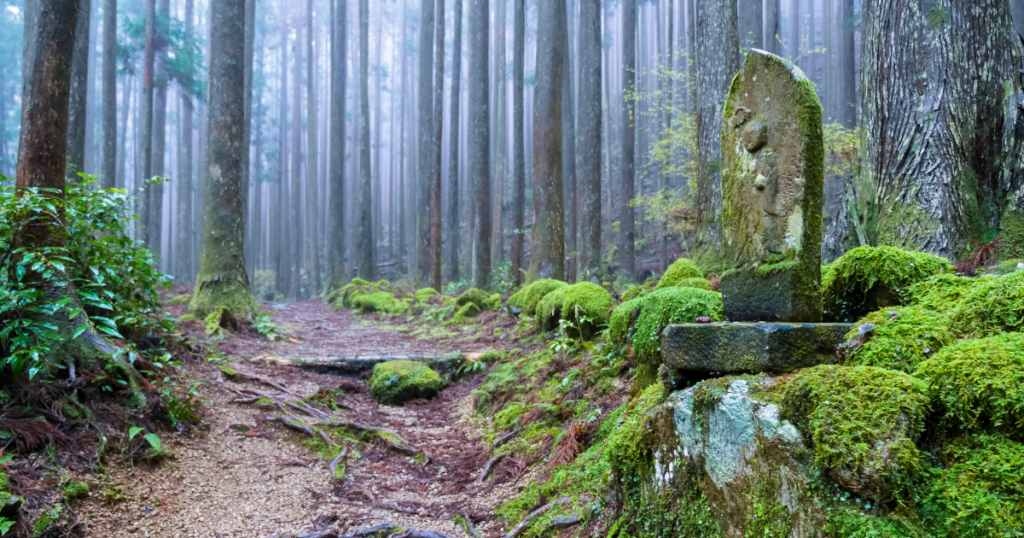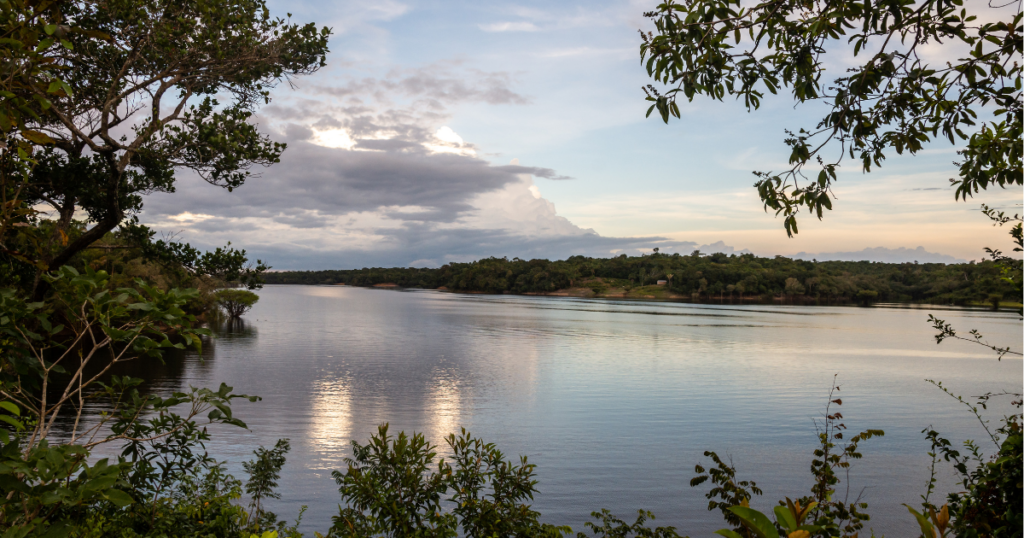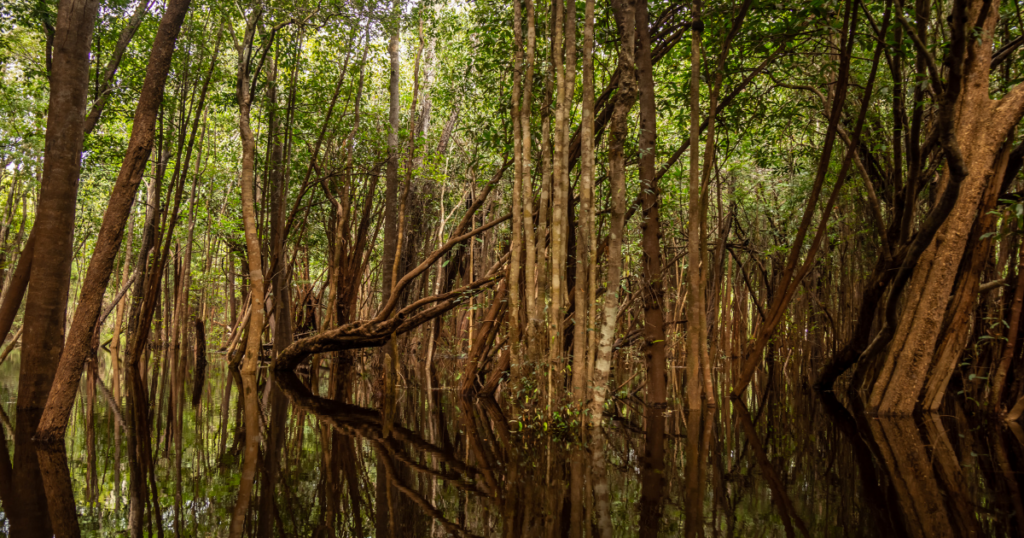Myths and Facts About the Amazon Rainforest
ABOUT
At Our Whole Village, we plan meaningful vacations for families who want to create lifelong memories and show their kids the world in a more conscious and intentional manner.
WORK WITH US
We help families take meaningful vacations so that they can escape everyday life, show their kids the world and make lifelong memories - with care, confidence and peace of mind.
THE BEST FAMILY VACATIONS BY AGE
Your (free) guide to the top travel destinations for families with babies, teens and everyone in between.
DOWNLOAD NOW
ABOUT US
August 6, 2024
The Brazilian Amazon has long been a place of legend and mystery. From its towering jungle canopy to its cornucopia of unique wildlife, few locations on Earth have so thoroughly captured the human imagination. But if you’ve never been to this incredible corner of the world (or even if you have), it’s easy to fall for myths about this vast and mysterious region.
As your Amazonia family travel experts, let’s unpack some of the most popular legends and myths about the Amazon rainforest.
The “Lungs of the Earth”

One of the most common and persistent rumors about the Amazon rainforest is that it represents the “lungs of the planet.” According to the rumor, approximately 20 percent of the world’s oxygen is produced in this one verdant spot. Pretty cool idea, huh? It may be, but the proof is in the pudding… or, in this case, the ocean.
Indeed, the Amazon does produce a significant volume of oxygen, but it also consumes a massive amount of the life-giving substance. Yep, you read that right. Thanks to decomposition and respiration, the Amazon rainforest devours nearly the same amount of oxygen as it creates. So, its net contribution to the Earth’s oxygen supply is actually more or less neutral.
As for the real lungs of the planet, we kind of already gave the answer away. You can thank the oceans for producing most of the atmospheric oxygen on which we rely. All told the microscopic cyanobacteria and algae of the world’s salt waters create roughly 500 liters!
An Untouched Wilderness
Another common myth about the Amazon concerns its current state. Many people think it’s one of the most pristine and untouched wildernesses in the world, but this notion doesn’t tell the full story.
In truth, indigenous people have lived in the Amazon since time immemorial. Over many generations, they left indelible marks on their environment, modifying and managing the forest in sustainable ways. That said, modern agricultural practices, land use changes, and deforestation have significantly altered vast swathes of the Brazilian Amazon.
While on the Subject of Agriculture…

Another rumor about the Brazilian Amazon concerns the quality of its soil and its suitability for agriculture. Many people assume that the region’s soil is highly fertile and perfect for farming. But if you believe this, it’s time to think again.
In reality, most of the Amazon’s soil lacks the nutrients necessary for great farming. So, how do all of those gorgeous jungle plants grow? Lush vegetation thrives, thanks to the rapid recycling of organic material on the forest floor—not because of very fertile soil.
So what are the main drivers of deforestation? Cattle ranching and soybean cultivation, as well as infrastructure development.
The Amazon’s Density
Another common belief about the Amazon that deserves debunking has to do with its density. When many people hear the term “Amazon,” only one thing comes to mind—rainforests. But the Brazilian Amazon represents much more than a dense, impenetrable jungle.
The region includes many different ecosystems apart from rainforests. These include wetlands, savannas, and grasslands, which offer habitats for a diverse array of animals and plants.
Bugs Will Eat You Alive

When visiting the Brazilian Amazon, you should definitely bring bug spray. But you’ll probably use it less often than you think. In fact, some ecosystems within the rainforest prove highly inhospitable to mosquitoes.
The Rio Negro’s waters have a pH level of between 3.8 to 4.9, which is anything but welcoming to mosquito larvae. Still don’t believe us? Consider this. There are no mandatory vaccines required for a trip to the Brazilian Amazon. Not even for malaria.
Stay Out of the Water

When it comes to the dangers of the rainforest, another big misnomer is that the waters of the region are highly dangerous. Many people think you swim at your own risk in this part of the world. But this couldn’t be further from the truth.
In fact, the Brazilian Amazon contains the Tapajós, the only blue water river in this entire ecosystem. The famed underwater explorer Jacques Cousteau even nicknamed it the “Caribbean of the Amazon!” The clear blue waters are free of piranhas, inviting visitors to swim. And the acidity of the waters deters mosquito reproduction.
Indigenous Communities
Perhaps the most controversial topic on this list concerns indigenous communities in the region. Some people believe they will come face to face with ancient native tribes, unclothed and untouched by civilization.
While there are still some isolated tribes, the people living in the Brazilian Amazon are just as diverse as the ecosystems and animals around them. River communities have different traditions and customs, and their ways of life have changed over time like other communities around the world.
Facts About the Amazon Rainforest
When you travel the Brazilian Amazon, get ready for incredible adventures and experiences! Of course, planning an unforgettable getaway requires expert knowledge of local amenities, coupled with the right connections to access special activities, unique experiences and so much more. Not only can we help you with facts about the Amazon rainforest. We can plan the trip of a lifetime in one of South America’s most beloved nations.
Let Our Whole Village help you make your next family vacation one of a kind! We can design the perfect itinerary based on your family members’ interests and ages. From our local connections to travel know-how, every leg of your itinerary will be jam-packed with the best local accommodations, independent exploration, hands-on experiences, and unique tours.

OUR SERVICES
HOME
COPYRIGHT © OUR WHOLE VILLAGE 2021
DESIGN BY GIRLBOSS DESIGNER | CUSTOMIZED BY ALEX COLLIER DESIGN
about
TRAVEL SERVICES
DESTINATIONS
BLOG
PLAN A TRIP
FREE TRAVEL GUIDE
TERMS AND CONDITIONS
hello@ourwholevillage.com
+1 305 432 2612